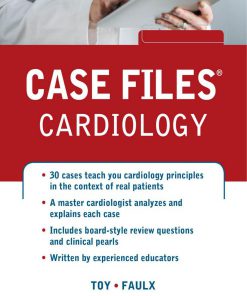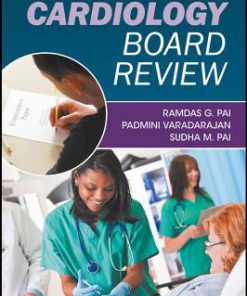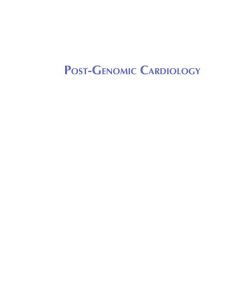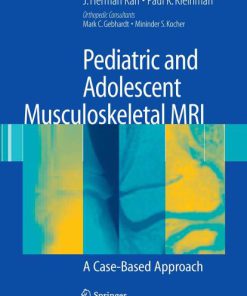Practical Pediatric Cardiology Case Based Management of Potential Pitfalls 1st Edition by Alan G Magee, Jan Till, Anna N Seale ISBN 1447141830 9781447141839
$50.00 Original price was: $50.00.$25.00Current price is: $25.00.
Authors:libgen.lc , Author sort:libgen.lc , Published:Published:Oct 2015
Practical Pediatric Cardiology Case-Based Management of Potential Pitfalls 1st Edition by Alan G Magee, Jan Till, Anna N Seale – Ebook PDF Instant Download/Delivery. 1447141830, 9781447141839
Full download Practical Pediatric Cardiology Case Based Management of Potential Pitfalls 1st Edition after payment
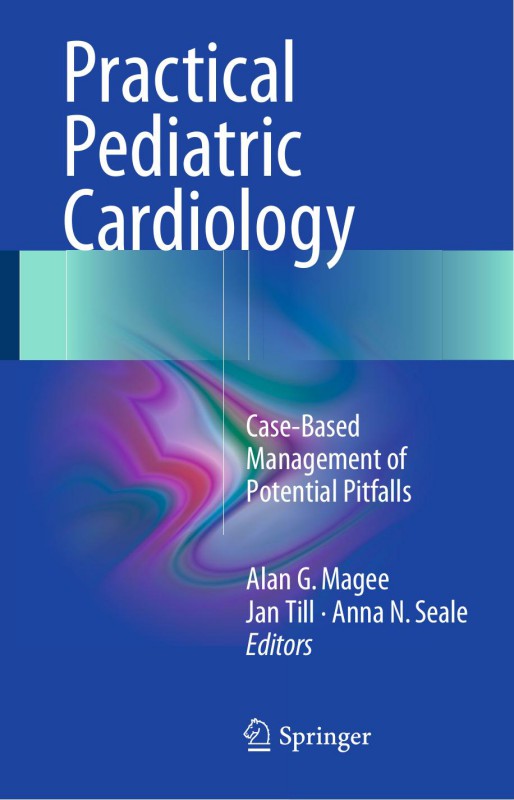
Product details:
ISBN 10: 1447141830
ISBN 13: 9781447141839
Author: Alan G Magee, Jan Till, Anna N Seale
Heart disease in children has a number of diagnostic traps for the unwary, and all of us involved in the specialty have been caught at one time or another. For example, it is sometimes very difficult to differentiate between respiratory and cardiac disease in infants and between neurological and cardiac conditions in older children, and the consequences of taking the wrong path can be significant. This book is a collection of cases highlighting situations which can ensnare even the best cardiologist. Although they illustrate the importance of taking a good history and performing a thorough examination, the most important lesson is learning to keep an open mind and develop the ability to think laterally. As clinicians we need to have the confidence to make a decision for our patients but also the humility to be able to acknowledge that we don’t always get it right first time, and it is imperative that we learn from the experience. We hope the reader will find these short chapters interesting and while they are not evidence-based medicine in the true sense, they do represent a wide range of clinical experience from which we can all learn.
Practical Pediatric Cardiology Case Based Management of Potential Pitfalls 1st Table of contents:
Chapter 1: It’s Enough to Make You Anxious
Case Description
Discussion
Permanent Junctional Reciprocating Tachycardia
Clinical Presentation and Diagnosis
Treatment
Palpitations
Investigation of Paroxysmal Symptoms
Learning Points
Suggested Reading
Chapter 2: Fetal AVSD or Maybe Not?
Case Description
Discussion
Learning Points
Suggested Reading
Chapter 3: Mind the Gap
Case Description
Discussion
Aortopulmonary Window
Classification
Presenting Features
Imaging Pitfalls
Management
Learning Points
Suggested Reading
Chapter 4: Dilated Cardiomyopathy: If You Don’t Suspect, You Can’t Diagnose!
Case Description
Discussion
Learning Points
Suggested Reading
Chapter 5: Syncope: It’s All in the History
Case Description 1
Case Description 2
Discussion
Background
Presentation
Diagnosis
Management
Life Style Changes
Medical Therapy
ICD Implantation
Left Cardiac Sympathetic Denervation (LCSD)
Learning Points
Suggested Reading
Chapter 6: Chest Pain in Children: Not Always Benign
Case Description
Discussion
Learning Points
Suggested Reading
Chapter 7: Coronary Artery Imaging Is Crucial
Case Description
Discussion
Normal Anatomy and Physiology
Pathophysiology
Clinical Scenario
Echocardiography
Management
Learning Points
Suggested Reading
Chapter 8: The Woes Lie Below
Case Description
Discussion
Learning Points
Suggested Reading
Chapter 9: When Not to Intubate Babies Receiving 100 % Oxygen
Case Description 1
Case Description 2
Discussion
Learning Points
Suggested Reading
Chapter 10: A Child with a Long QT?
Case Description
Discussion
Learning Points
Suggested Reading
Chapter 11: Breathlessness in an Ex-Prem When All Is Not What It Seems
Case Description
Discussion
Presentation
Inv estigations
Learning Points
Suggested Reading
Chapter 12: Think Outside the Chest
Case Description
Discussion
Presenting Features
Imaging
Treatment
Learning Points
Suggested Reading
Chapter 13: The Fontan Circulation: Never Forget the Atrial Septum
Case Description
The Fontan Circulation
Assessment Prior to Fontan Completion
Fontan Failure
Restriction of the Atrial Communication
Assessment of a Failing Fontan Circulation
Management of a Restrictive Atrial Communication
Learning Points
Suggested Reading
Chapter 14: Is This Really Bronchiolitis?
Case Description
Discussion
Presentation
Diagnosis
Learning Points
Suggested Reading
Chapter 15: A Neonatal Dilemma
Case Description
Discussion
Learning Points
Suggested Reading
Chapter 16: The Collapsing Teenager
Case Description
Discussion
Normal Coronary Anatomy
Variants of Coronary Anatomy
Presentation
Investigations
Management
Learning Points
Suggested Reading
Chapter 17: Dilated Cardiomyopathy: Think of the Diet
Case Description
Discussion
Learning Points
Suggested Reading
Chapter 18: A T-Wave Tight Spot
Case Description
Discussion
Learning Points
Suggested Reading
Chapter 19: Don’t Forget the Head and Neck Vessels
Case Description
Vascular Ring
Background
Embryology
Right Aortic Arch with Aberrant Left Subclavian Artery and Left Ductus Arteriosus
Other Common Vascular Rings
Clinical Presentation
Diagnostic Work-Up
Management
Prognosis
Learning Points
Suggested Reading
Chapter 20: The Test That Gets Forgotten
Case Description
Discussion: Children with Left Ventricular Failure; Keeping an Open Mind
Assessing Hypertensive Children: Measuring Blood Pressure
How Is Hypertension Defined?
How to Investigate Hypertension
Summary
Learning Points
Suggested Reading
Chapter 21: Don’t Ignore Reverse Differential Cyanosis
Case Description
Discussion
Learning Points
Suggested Reading
Chapter 22: Pulmonary Resistance: How Best to Measure?
Case Description 1
Case Description 2
Discussion
Method of Catheter-Derived Calculation of PVR
XMR Derived Method of PVR
Learning Points
Suggested Reading
Chapter 23: Cardiomyopathy in Infants: Look at the Rhythm, Then Look Again
Case Description
Discussion
Treatment of PJRT
Learning Points
Suggested Reading
People also search for Practical Pediatric Cardiology Case Based Management of Potential Pitfalls 1st:
practical pediatric cardiology
pediatric cardiology guidelines
what is pediatric cardiology
pediatric cardiologist job description
pediatric cardiology jobs
You may also like…
eBook PDF
Case Files Cardiology 1st Edition by Eugene Toy, Michael Faulx ISBN 9780071799201 0071799206
eBook PDF
Post Genomic Cardiology 1st Edition by JoseÌ MariÌn GarciÌa ISBN 9780080554549 0080554547






